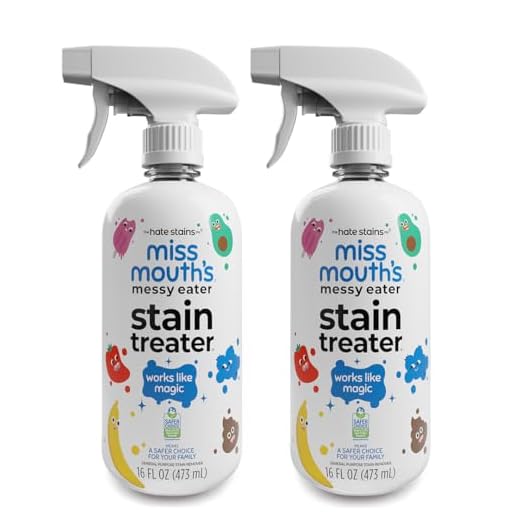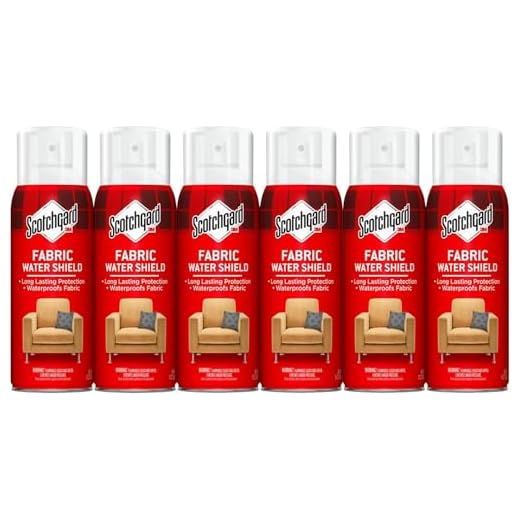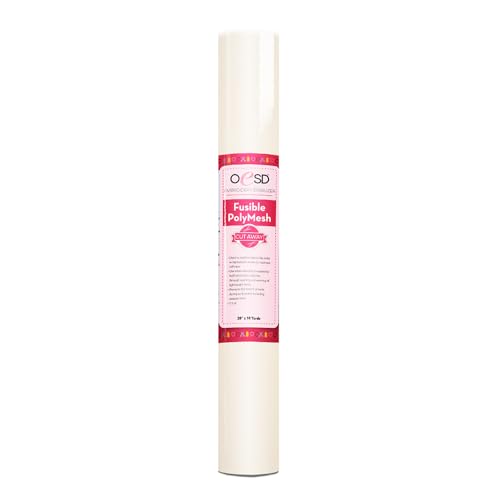







For optimal results, utilize a mixture of mild soap and water applied with a soft cloth. This combination effectively tackles most types of discolorations without damaging the material. Gently dab the soiled area, ensuring not to saturate the fabric excessively.
In cases where stubborn dirt persists, consider a solution of equal parts white vinegar and water. This gentle yet potent mixture can aid in breaking down tougher residues. After application, rinse the area with a damp cloth to eliminate any remaining solution, followed by air drying.
If you encounter grease or oil spots, sprinkle a small amount of baking soda on the affected area. Allow it to sit for approximately 30 minutes to absorb the unwanted substances. Afterward, brush off the powder gently with a soft bristle brush.
For maintenance, regular inspections and immediate attention to blemishes can significantly prolong the life of your carrier. Consider using a fabric protector to create a barrier against future stains, ensuring your travel companion remains in pristine condition.
Removing Stains from Your Fabric Travel Bag
For immediate results, use a damp cloth sprinkled with baking soda or a mild detergent. Gently rub the area in circular motions to lift the discoloration without damaging the material.
Using Dish Soap Solution
Mix a tablespoon of dish soap in two cups of warm water. Dampen a clean cloth with this solution and blot the affected area. Rinse the cloth and repeat until the stain is gone, then allow it to air dry.
Specialized Cleaners
Opt for a fabric cleaner specifically designed for bags and upholstery. Test the product on a small, inconspicuous area first. Apply the cleaner according to the manufacturer’s instructions and wipe away residue with a damp cloth.
For persistent stains, a soft-bristled brush can help dislodge grime. After treatment, ensure the item is completely dry before storage to prevent mold and odor.
Assessing the Type of Scuff Marks on Your Luggage
Begin by examining the surface to determine the nature of the blemishes. Different origins require specific approaches. Identify if the imperfections are superficial or deeply ingrained. A quick run of your fingers over the area can indicate the texture–smooth marks suggest surface-level marks, while rough patches may indicate deeper stains.
Identifying the Source
Consider the type of material that caused the marks. Rubber from shoes, dirt from pavements, or oil from luggage carts all present distinct challenges. Each type often requires a tailored method for removal. For instance, rubber marks typically require a gentle solvent approach, whereas oil stains might necessitate more absorbent cleaning products.
Color and Depth Assessment
Take note of the color of the blemishes. Darker spots may indicate a more stubborn residue that needs special treatment, while lighter stains can often be addressed with a mild soap solution. Assessing the depth will aid in choosing the appropriate products; if the marks are embedded, a more intensive process may be necessary.
Incorporating these assessments into your maintenance routine will streamline the preparation for treatment, ensuring optimal outcomes without risking damage to the material.
Choosing the Right Cleaning Products for Fabric Luggage
Select a cleaning agent specifically formulated for textile materials. Look for pH-balanced solutions to prevent fiber damage.
For routine maintenance, mild soap or gentle fabric sprays can suffice. Avoid harsh chemicals that may discolor or degrade the surface.
Always conduct a patch test on an inconspicuous area to ensure no adverse reaction occurs. Check labels for products that specify compatibility with synthetic fibers and natural textiles.
Consider using eco-friendly options, which are less likely to cause harm to both the material and the environment.
| Product Type | Description | Example Brands |
|---|---|---|
| Textile Cleaner | Targeted for deeper stains; effective on various fabric types. | Folex, Zep |
| Spot Remover | Quick fixes for localized blemishes; often in spray format. | Shout, OxiClean |
| Fabric Spray | Good for general upkeep and odor removal; usually lightly scented. | Febreze, Clean+Easy |
After application, allow the material to air dry completely before using the bag again. Frequent maintenance will extend the life of the travel accessory. For more travel tips, check out whether are drones allowed in nyc.
Preparing Your Luggage for Cleaning the Scuff Marks
Before commencing the removal process, ensure that your travel bag is emptied completely. Check all compartments for personal items, as small belongings can be easily overlooked.
Next, take a close look at the exterior to determine the severity and location of the blemishes. This will guide your approach. For tougher residues, a gentle brush or cloth may be required to loosen particles. Opt for a soft-bristle brush to avoid damaging the material.
Testing a Small Area
Before applying any cleaning solutions, test them on a hidden section to assess compatibility with the fabric. Wait a few minutes to observe any adverse reactions. If the material shows no signs of damage or discoloration, proceed with confidence.
Gathering Necessary Supplies
Collect the items needed for the task: soft sponges, microfiber cloths, and appropriate cleaning agents formulated for similar materials. Have water ready for rinsing and possibly a soft-bristled toothbrush for stubborn spots.
Once these preparations are complete, you are ready to tackle the blemishes effectively and restore your bag’s appearance.
Step-by-Step Guide to Removing Scuff Marks
Begin with a soft brush to dislodge any loose debris from the surface. A clean, dry cloth can also help eliminate dust or dirt that might interfere with the cleaning process.
Applying the Cleaning Solution
Choose a suitable cleaner based on the material type; test it on a small, inconspicuous area to check for colorfastness. Dampen the cloth with the solution, ensuring it is not overly soaked. Gently dab the stained area, avoiding vigorous scrubbing to prevent damage.
Rinsing and Drying
After addressing the stained sections, use a separate damp cloth to wipe away any remaining cleaning solution. Follow with a dry cloth to absorb excess moisture. Allow the gear to air dry completely in a well-ventilated space, away from direct sunlight to prevent fading.
Drying and Restoring the Fabric After Cleaning
Immediately after the washing process, air dry the material in a shaded area to prevent sunlight from fading the colors. Avoid direct heat sources like radiators or hairdryers, as they can warp or damage the texture.
To expedite drying, gently shake off excess moisture and use a clean, dry towel to blot the surface. Ensure good air circulation around the bag, possibly placing it on a drying rack. Hanging it upside down can help drain any pooled water.
Restoration Techniques
Once dried, check the texture and feel of the material. For any stiffness, lightly rub the surface with a soft brush to restore the original fabric feel. If necessary, apply a fabric conditioner suitable for your bag’s material to rejuvenate its softness. Always refer to care instructions specific to your product.
For maintaining your gear in top condition, consider using it with products like the best gym bag for weight lifters or the best compact sun blocking umbrella, which often use materials designed for durability.
Preventing Future Scuff Marks on Fabric Luggage
Investing in protective gear is an immediate way to avoid unsightly blemishes on your travel bags. Consider using a durable luggage cover made from stretchy material to shield against abrasion during transit.
Storage Practices
- Keep the bag in a dry, cool place to prevent moisture retention, which can attract dirt and grime.
- Use dust bags or store in a dedicated area away from sharp objects that may scratch the surface.
Handling Techniques
- Avoid dragging the roller bags on rough surfaces. Lift instead of pull to minimize contact.
- Be cautious of placing bags on dirty or uneven surfaces. Use protective mats or cloths when needed.
Regular inspection and maintenance of zippers, straps, and handles can also preserve the overall integrity of your travel items. Quickly addressing any wear can prevent further damage.
Consider utilizing travel organizers to compartmentalize items inside the bag, which can mitigate interior pressure, reducing the likelihood of external stress and potential scrapes during handling.









